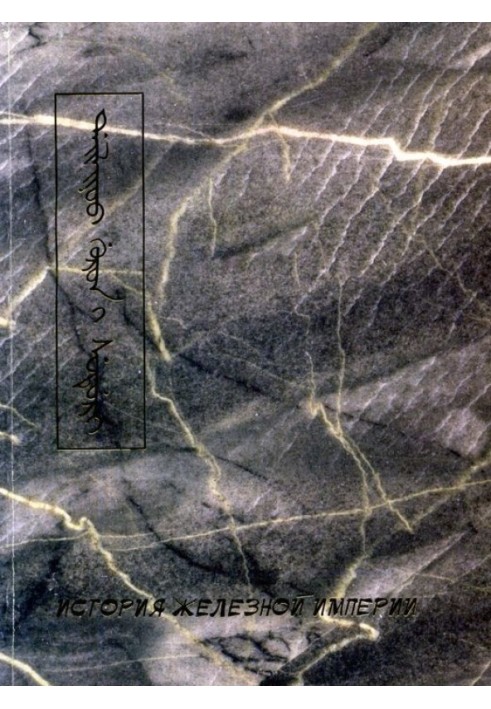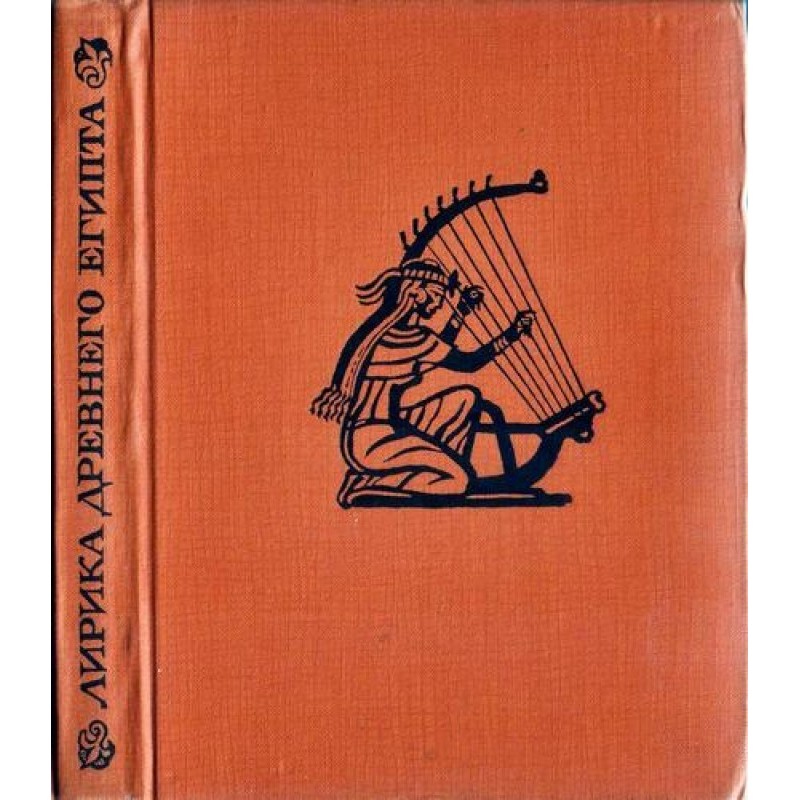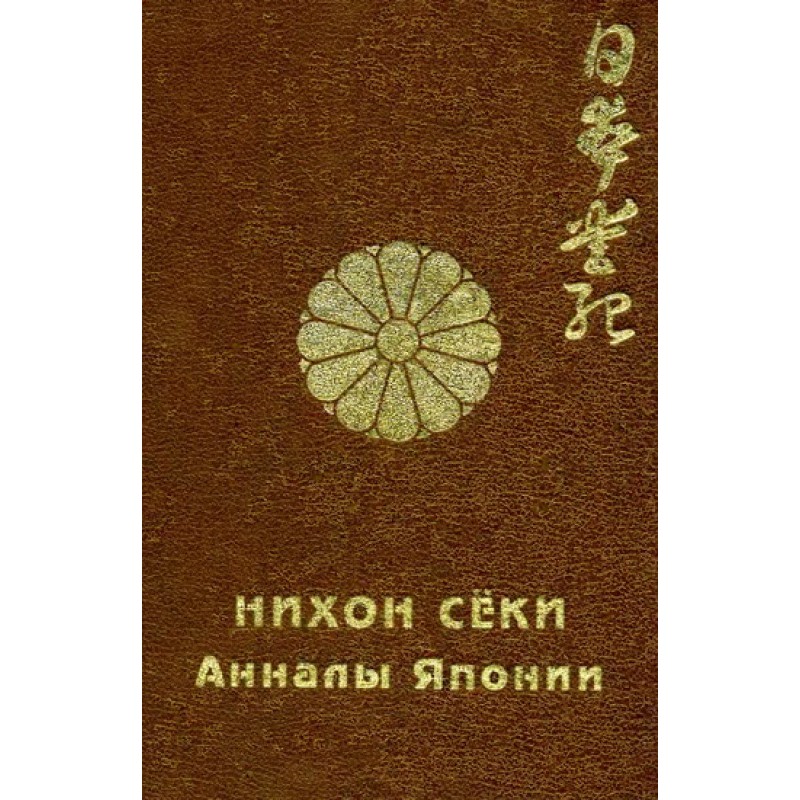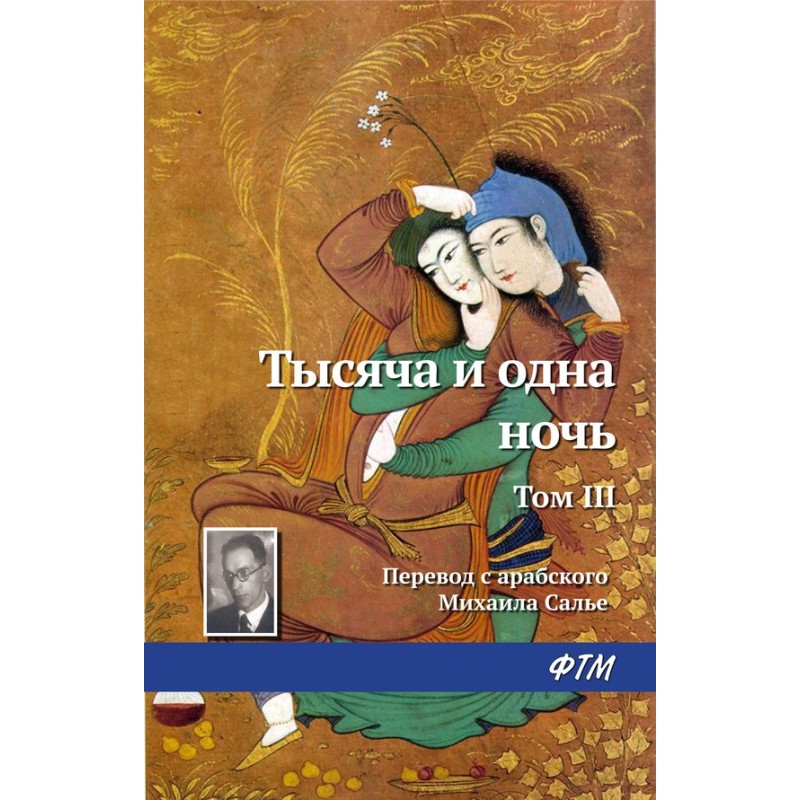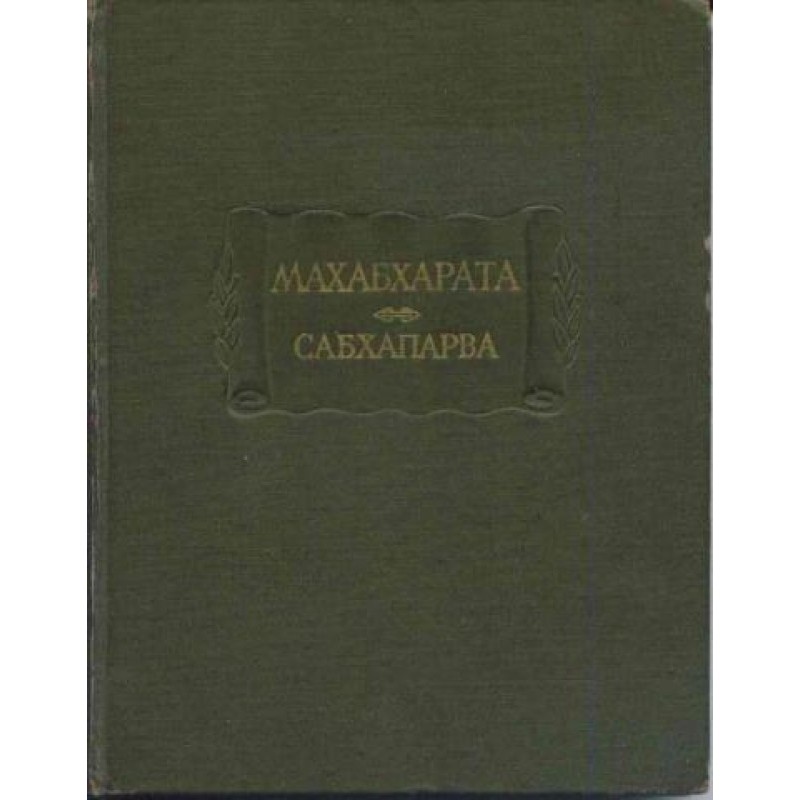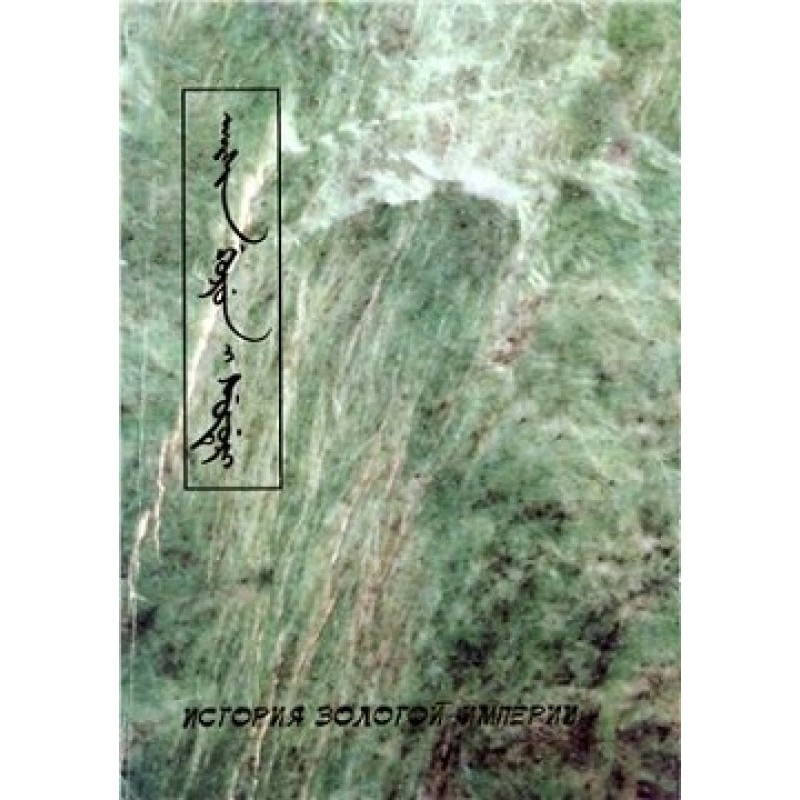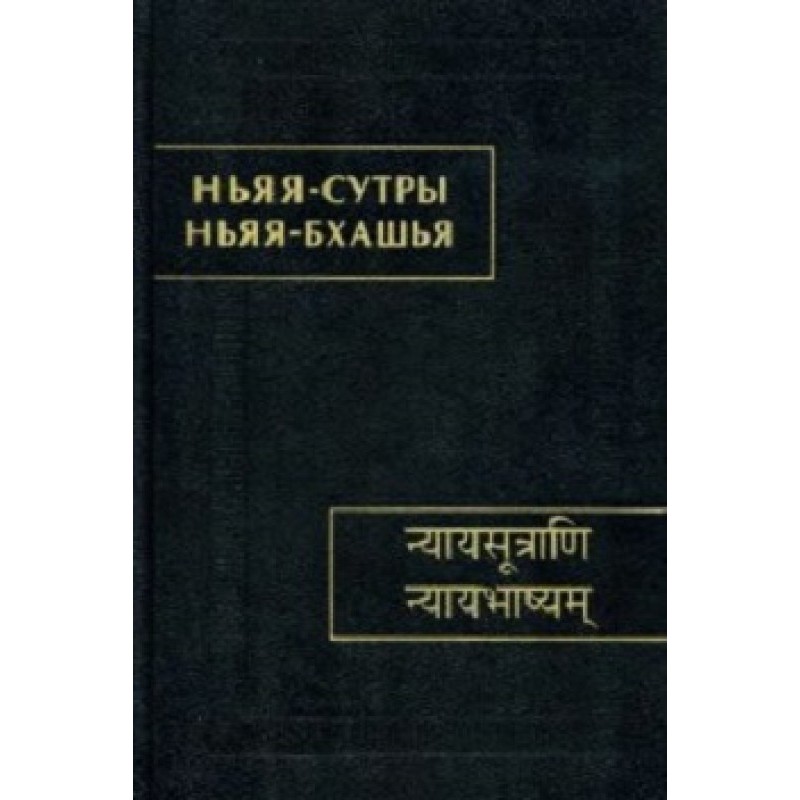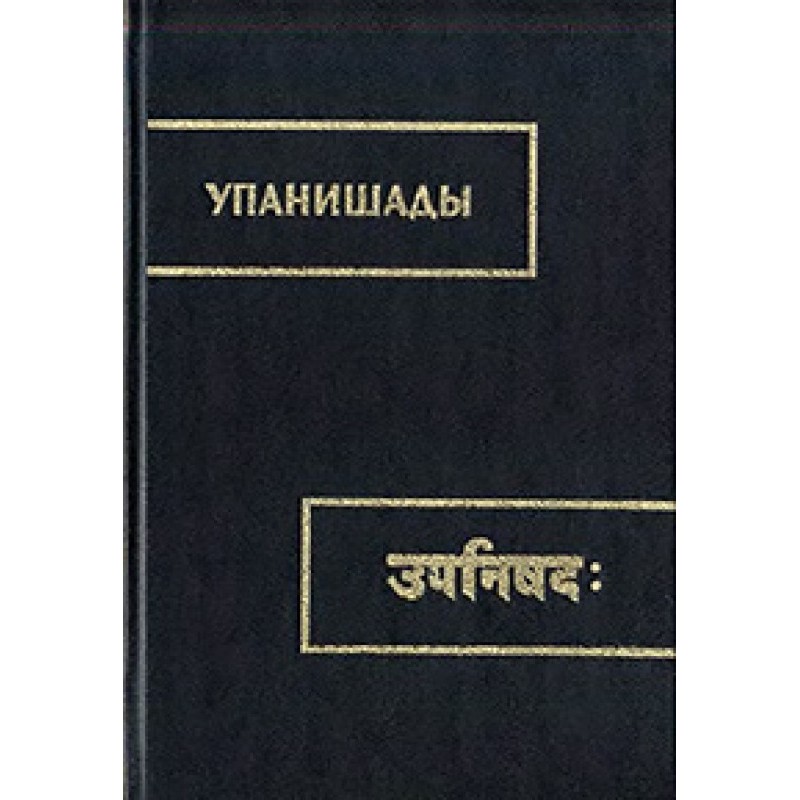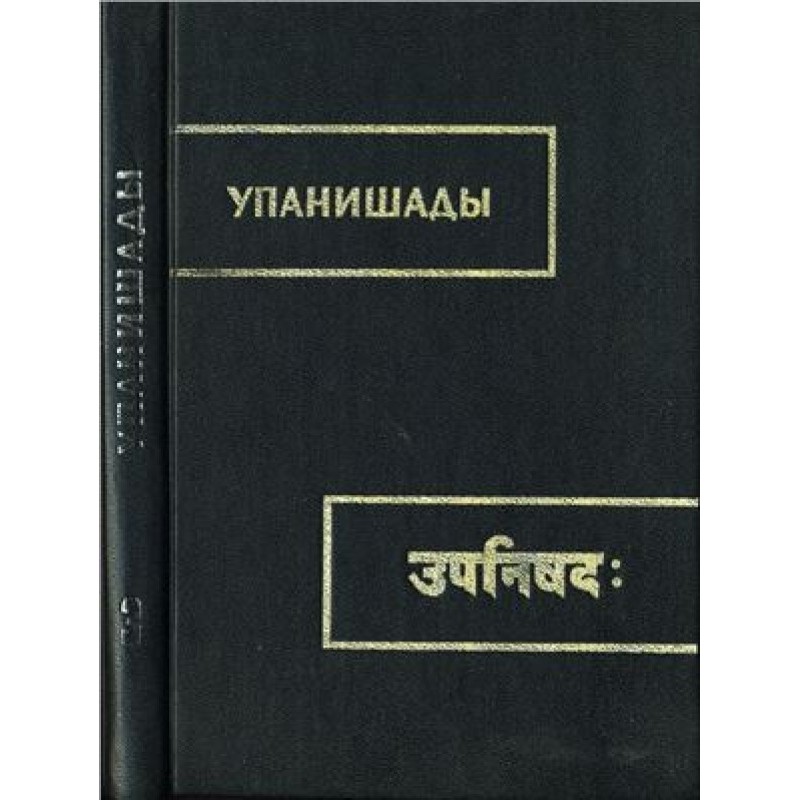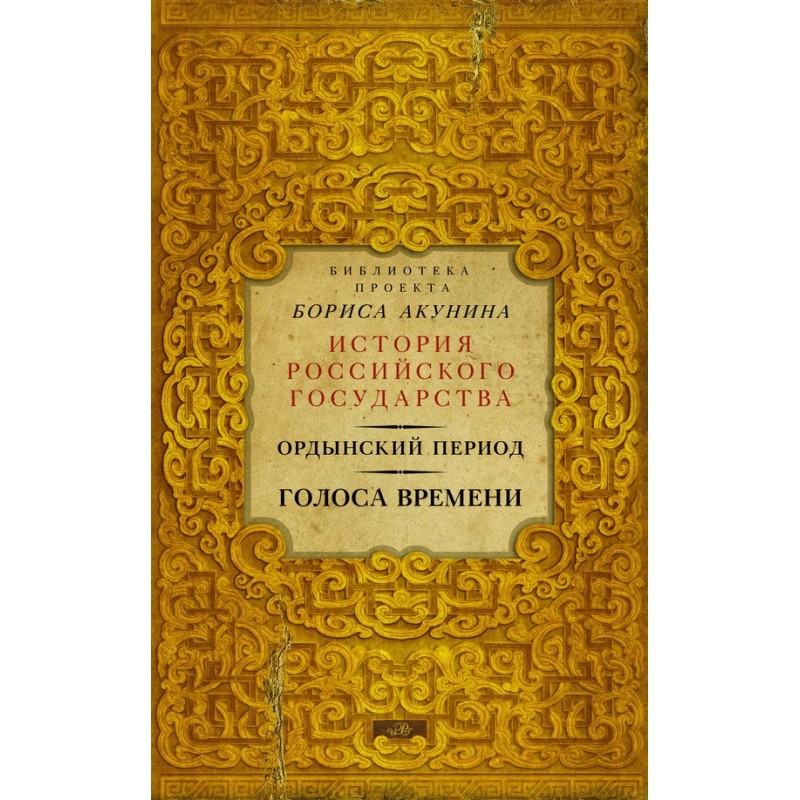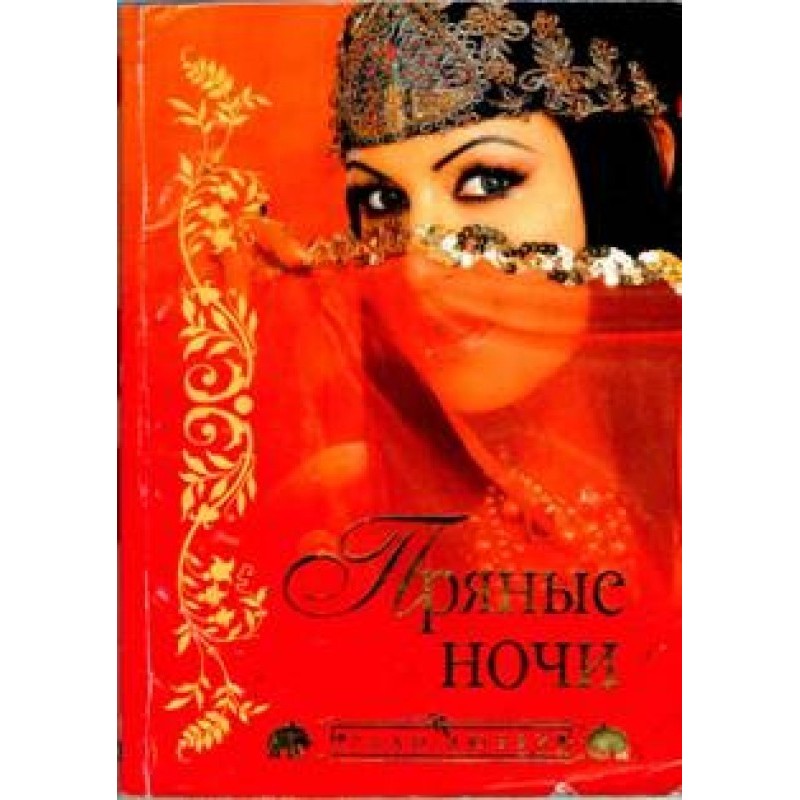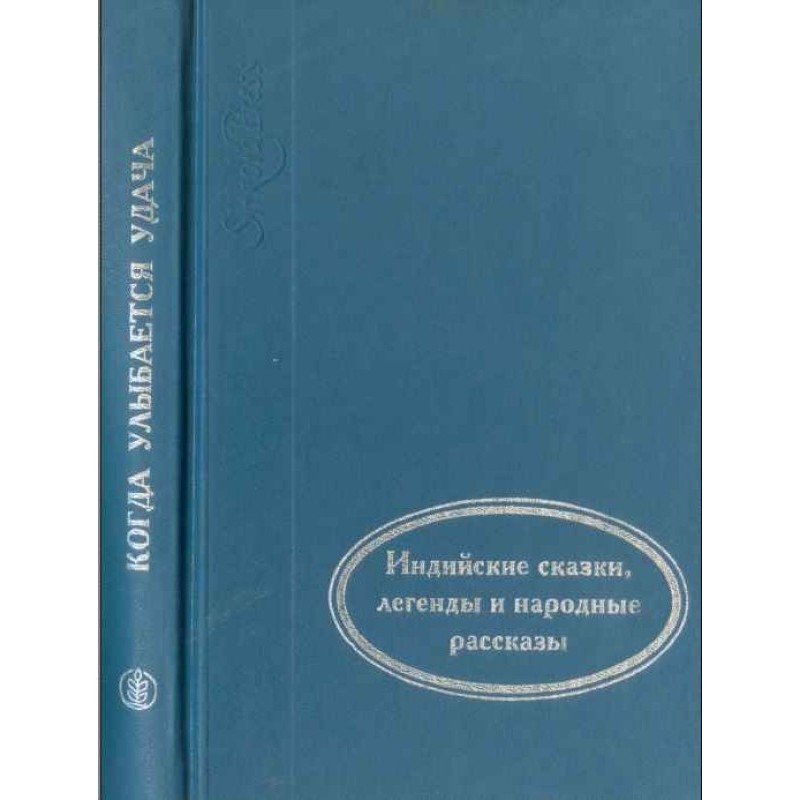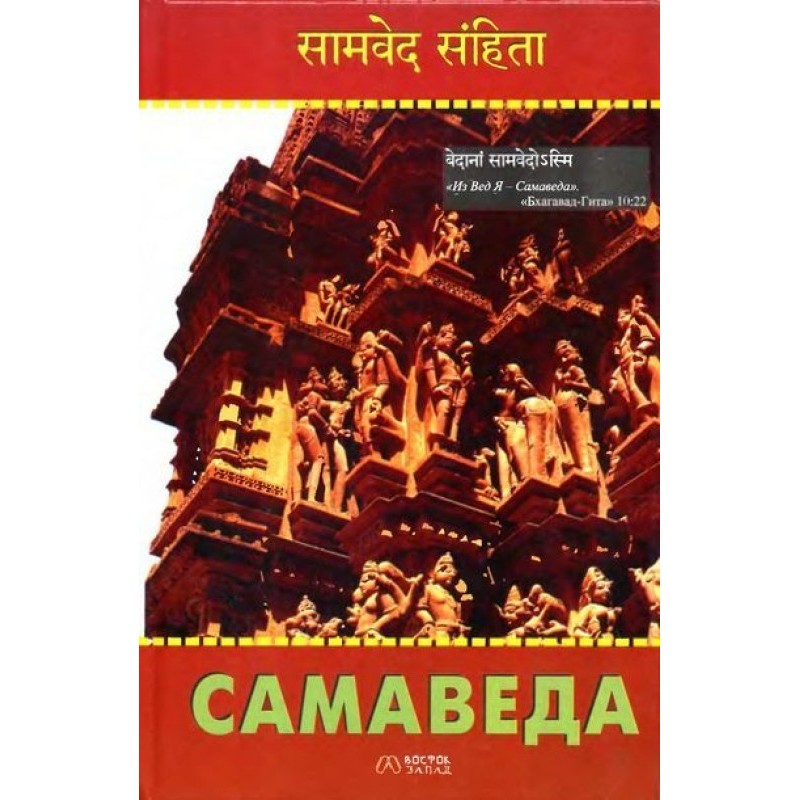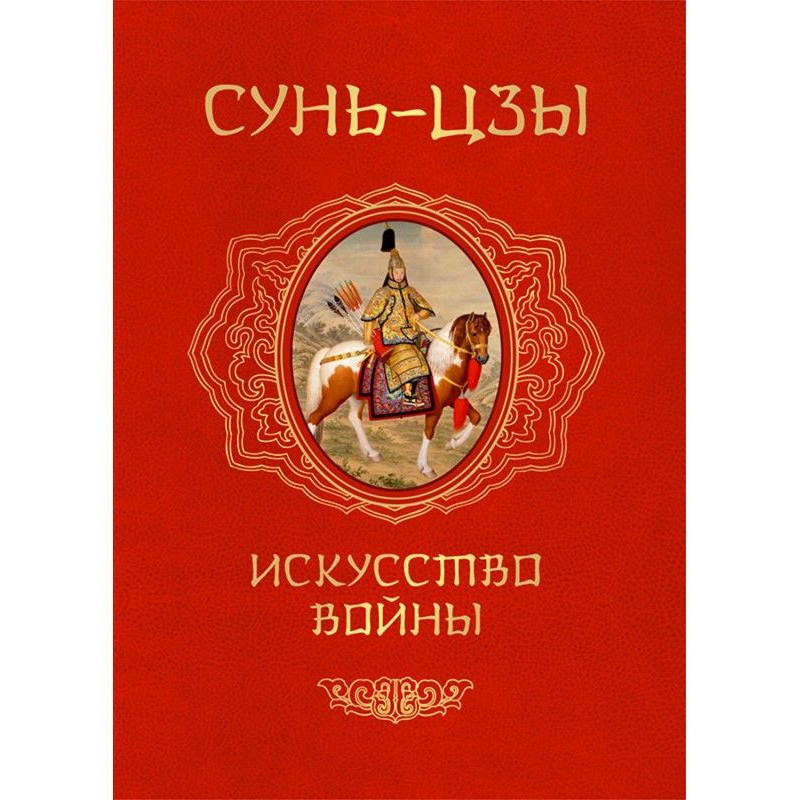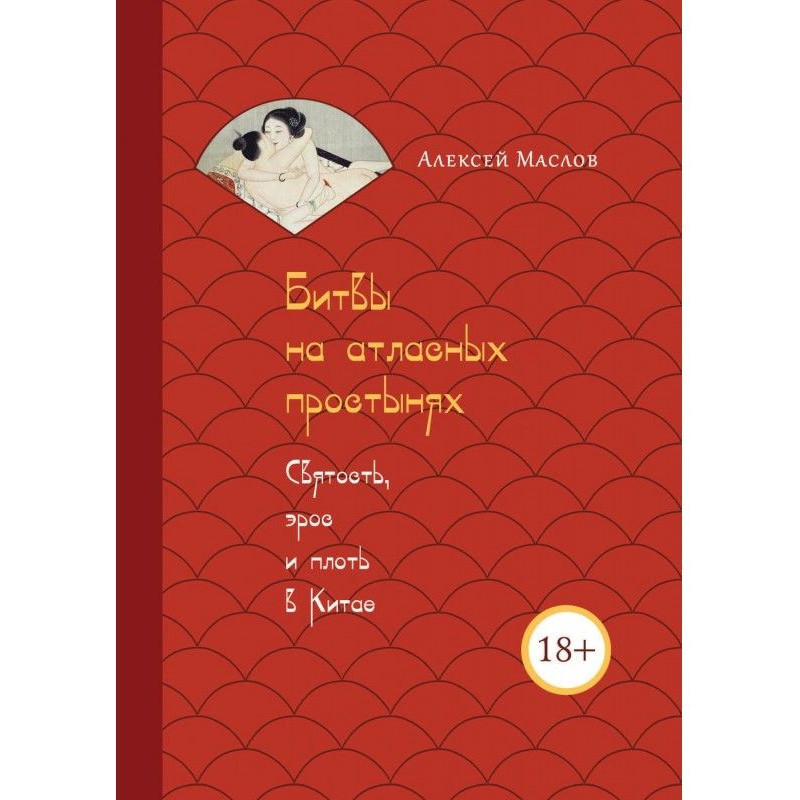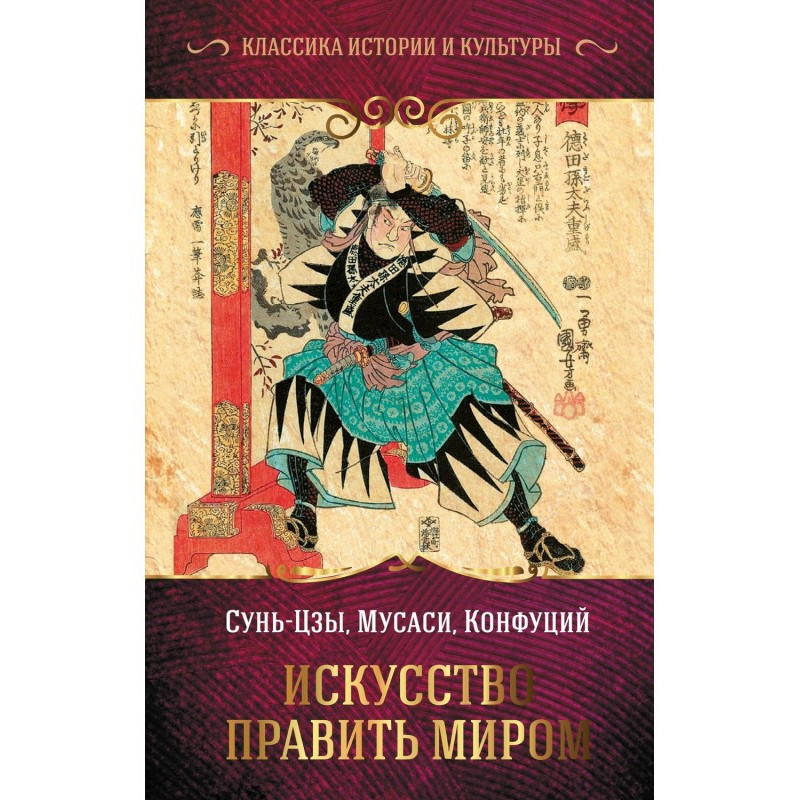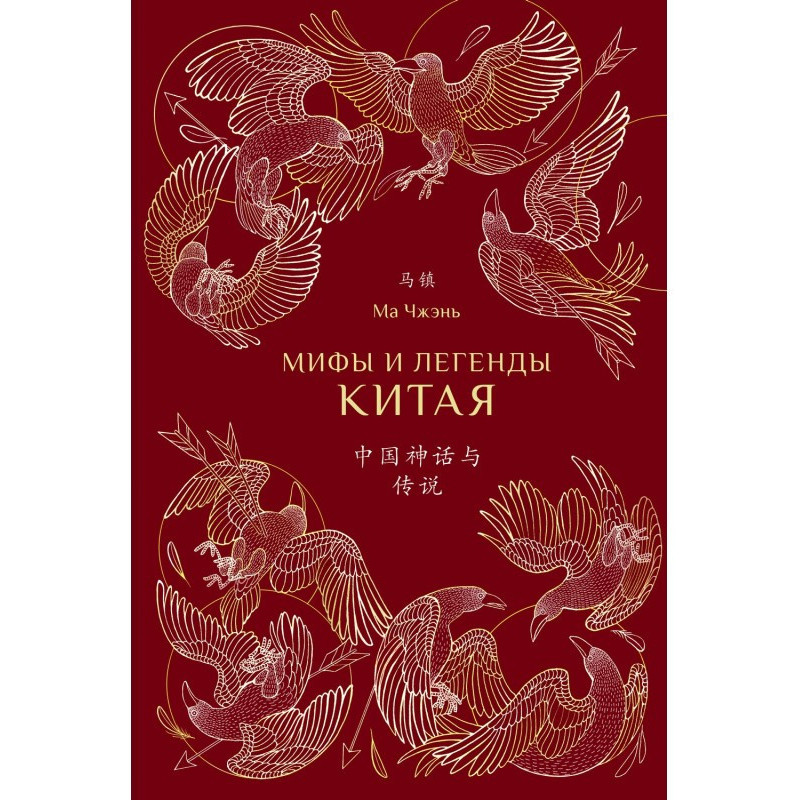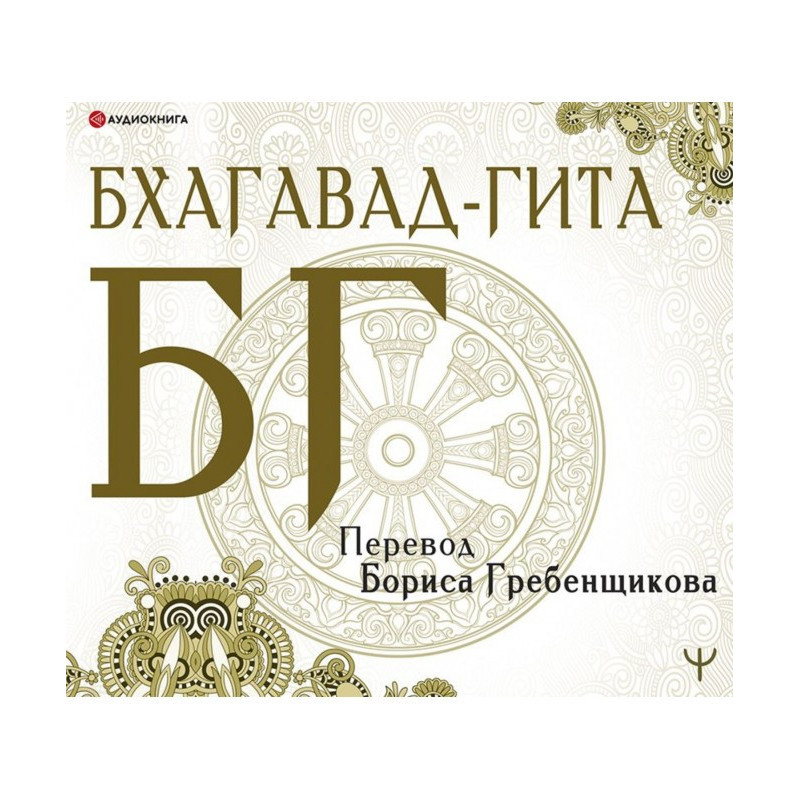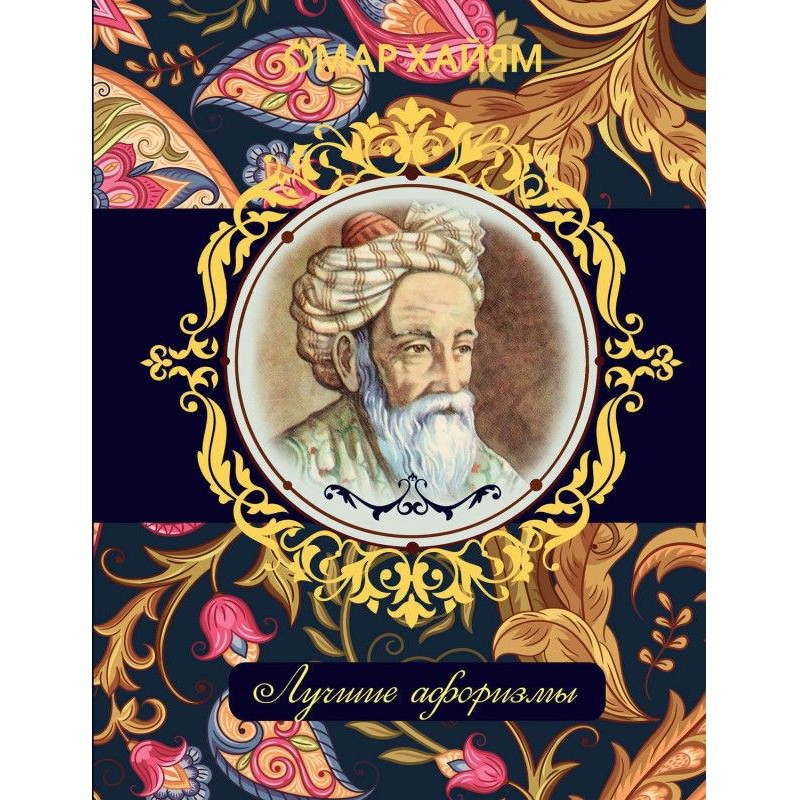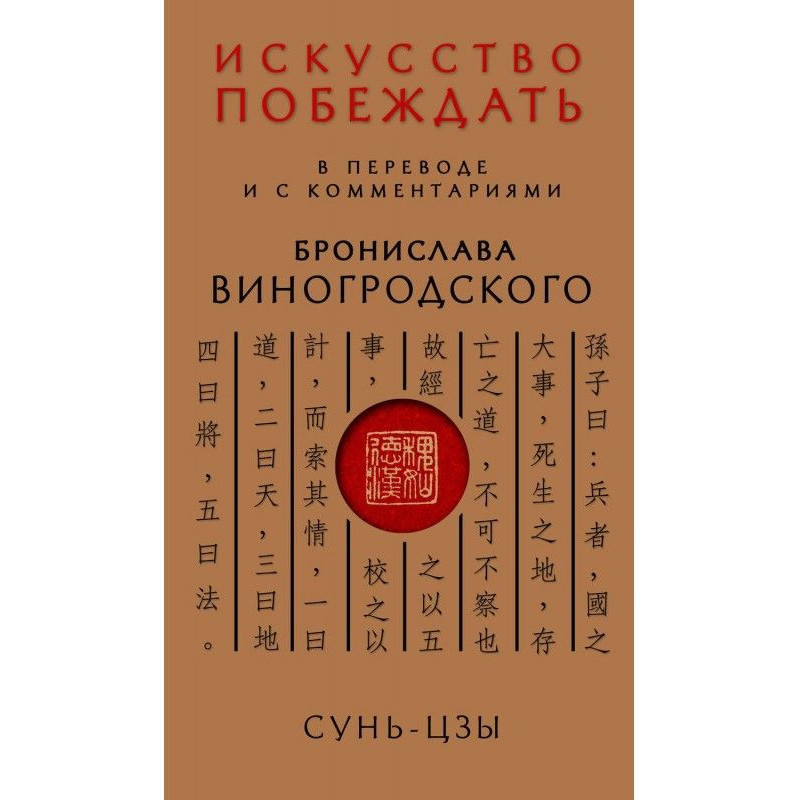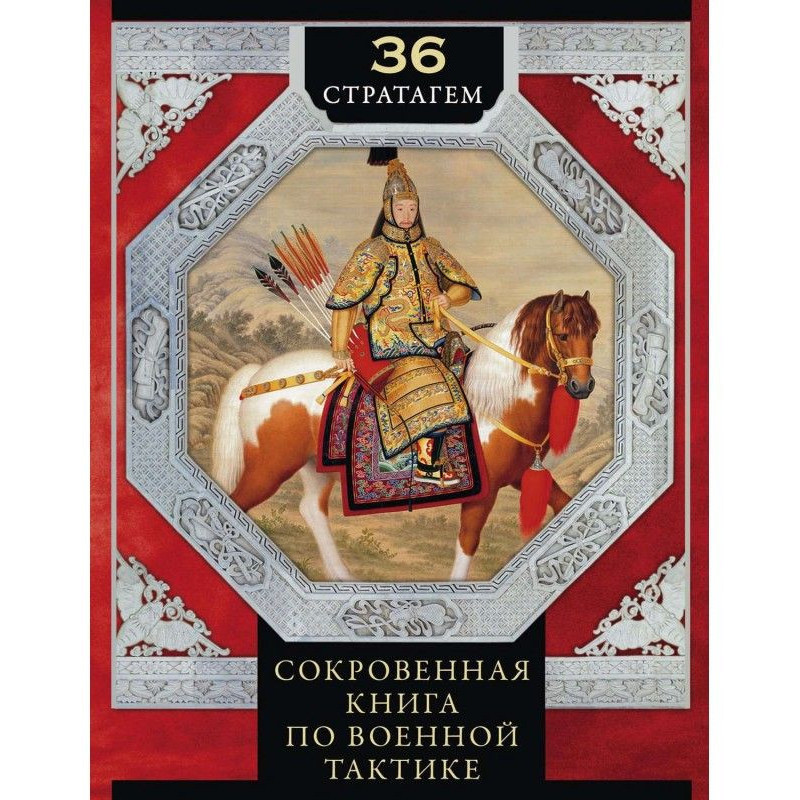History of the Iron Empire
 Instant download
Instant download
after payment (24/7)
 Wide range of formats
Wide range of formats
(for all gadgets)
 Full book
Full book
(including for Apple and Android)
The book publishes for the first time a Russian translation of the Manchu version of the dynastic chronicle “Liao Shi” - “Dailao Guruni Suduri” - the result of many years of work by a special commission at the court of the last sovereign of the Mongol dynasty Yuan Togon-Temur. “The History of the Great Liao Empire” is a fundamental source on the medieval history of the peoples of the Far East, Central and Middle Asia, which was translated and provided with comments by L. V. Tyuryumin. This is more than three centuries (307 years) of the biography of fourteen Khitan khans, starting with the “highest” Taizu of the Great Liao Dynasty and to the last representative of the generation of Yelü Dashi of the Western Liao Dynasty. The publication also includes historical and cultural essays “Western Khitans” and “A Brief Essay on the History of the Study of the Khitans” by G. G. Pikov and V. E. Larichev. An equally interesting part of the volume consists of the works of Russian orientalists of the 19th century published for the first time. - M. N. Surovtsov and M. D. Khrapovitsky, as well as a biographical sketch dedicated to them by G. G. Pikov. “On the rule of the Khitans in Central Asia” by M. N. Surovtsov is the first monographic study on the history of the Khitans in Russian oriental studies. “Notes on the Liao People” by M. D. Khrapovitsky covers fundamental and controversial issues of the early history of the Khitan.
Data sheet
- Name of the Author
- Автор Неизвестен Древневосточная литература --
- Language
- Russian
- Translator
- Л. В. Тюрюмина
Reviews
Фундаментальний внесок у вивчення середньовічної історії
Книга "Історія Залізної імперії" є справжнім відкриттям для всіх, хто цікавиться історією Далекого Сходу та культурою киданів. Перший російський переклад маньчжурського варіанту династійної хроніки "Ляо ши" - це не лише важливий історичний документ, але й результат багаторічної праці дослідників, які зуміли зібрати та систематизувати величезний обсяг інформації. Л. В. Тюрюміна, перекладаючи та коментуючи текст, робить його доступним для ширшого кола читачів, що безумовно заслуговує на похвалу. Чотирнадцять киданських ханів, описаних у книзі, постають перед нами не лише як історичні особи, але й як представники цілої епохи, що вплинула на розвиток Центральної та Середньої Азії. Додаткові нариси та праці російських сходознавців XIX століття збагачують видання, надаючи контекст та глибину для розуміння теми. Ця книга стане незамінним джерелом для студентів, істориків та всіх, хто прагне дізнатися більше про киданьську культуру та їхній вплив на історію регіону. Рекомендую всім, хто цікавиться історією та культурою, адже це видання відкриває нові горизонти для дослідження!

